
 3. The Taj of Ranthambore
3. The Taj of Ranthambore
Our stay at the luxurious Taj Vivanta – Sawai Madhopur Lodge was a superlative experience. Being the only heritage hotel in Ranthambore, we had the pleasure of living in its luxurious rooms which resemble royal tents the Maharajas rested in during their hunting expeditions. The extremely courteous hotel staff made sure that our stay was not only comfortable, but memorable too. The glorious past co-existing with modern vibes. Imagine dining at the Maharaja’s extra long table and then heading straight for the new-age spa. The lush 12-acre gardens with campfire spots and amazing outdoor dining options further make the experience unique.
For more information
contact: vivanta.sawaimadhopur@tajhotels.com
Telephone: +91 7462 22 0541
Facsimile: +91 7462 22 0718
4.Capturing the wild
Going by our earlier National Park travel experience we decided to travel light. Our photography partner Canon produce a range of high-end cameras and lenses, but we chose the practical and light D-SLR bodies (Canon EOS 7D and EOS 550D) and two lenses (70-200mm f/4L USM and 15-85mm f/3.5-5.6 IS USM). Both the camera bodies featured APS-C size sensors and, therefore, at 200 mm, the lens provided an effective focal length of 320 mm. The 7D’s 18-megapixel resolution would come in handy post-production if we wanted to crop images without compromising on their quality.
The Cannon proved to be a worthy choice once we entered the Ranthambore National Park. Due to our wrong choice of season there was heavy undergrowth and the grass had grown almost three-and-a-half-foot tall, due to which spotting the tiger had become extremely difficult. After testing our patience for hours we finally got to see a male tiger. However, we needed a sharp lens that could penetrate through the forage and produce crystal clear images. And the cameras didn’t let us down. We also photographed the other beautiful animals and birds that co-exist in the sanctuary – like the spotted deer (chital), sambar, sloth bear, langur, wild boar and several birds of prey. Our equipment was adequate to capture them the way we wanted. The images turned out crisp even though the 70-200mm f/4 lens was not equipped with image stabilisation, thanks to its light weight and comfortable grip. Action pictures with the 7D was a breeze with its fast focusing abilities and the amazing eight-frames-per-second high speed continuous shooting. Ranthambore also has some breathtaking man-made structures like the Shiv mandir, the fort and the brick red Aaramghar (rest house) overlooking the vast lake. How we wished we had carried a lens with a longer focal length!
 5.Our guiding light – MapMyIndia
5.Our guiding light – MapMyIndia
Global positioning systems (GPS) are fast becoming a common sight in India. Right from the dashboards of luxury cars to high-end mobile phones. Even if you don’t own a half-a-crore-rupee saloon, you can still own one of the decent GPS devices that are available in the market.
The guiding light (read: GPS) for our Ranthambore trip was MapMyIndia’s RoadPilot. Instead of referring to cumbersome paper maps we just keyed in our destination and we were off in no time. The RoadPilot navigator guided us almost accurately, though it still missed out on some smaller crossings and lanes. But, on the whole, it did make our life much easier as the turn-by-turn voice directions kept us informed about the route. The 3.5-inch touchscreen makes the equipment very compact, it does not obstruct the driver’s vision and is easy to store. The GPS also calculates and suggests shorter alternative routes, which can be confusing at times, especially if you want to continue on the current route.
It has an interesting feature called POI (point of interest), which gives valuable information about the location such as the nearest airport, railway station and other tourist spots. It also finds phone numbers and addresses of budget and premium hotels and restaurants around you. On our way back MapMyIndia came to our rescue by suggesting a hotel on the outskirts of Ahmedabad. This is a must for anyone who likes to go on inter-city drives.
6. The legendary Fateh Singh Rathore
We also had a chance to meet Mr Fateh Singh Rathore, who is renowned for his contribution to the Ranthambore National Park and tiger conservation. We met him at his home, which is about 10 minutes from the Ranthambhore gates. He was chosen as one of the founder-members of the famous Project Tiger and has served as the Field Director of this Park. This living legend of Ranthambhore, now in his seventies, is known for his eccentricity, devotion and passion for the cause of tiger conservation. Mr Rathore is an encyclopedia on Indian tigers and our animated meeting with him left us charged with positive energy, which we hope to use to spread the importance of saving the majestic tiger.behind the


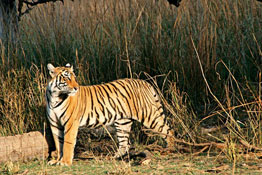







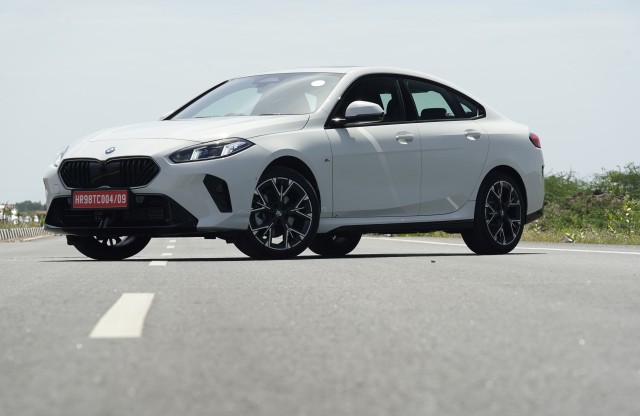
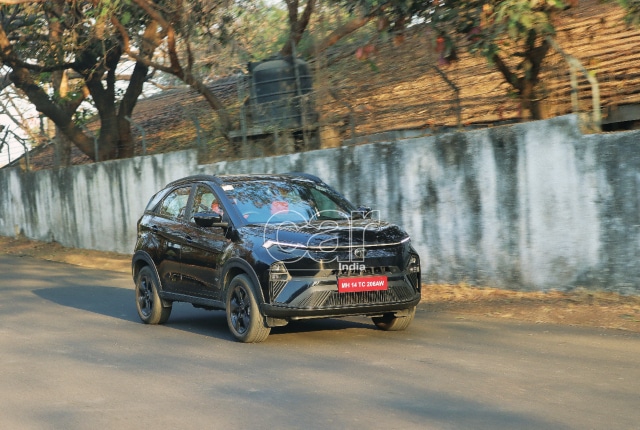


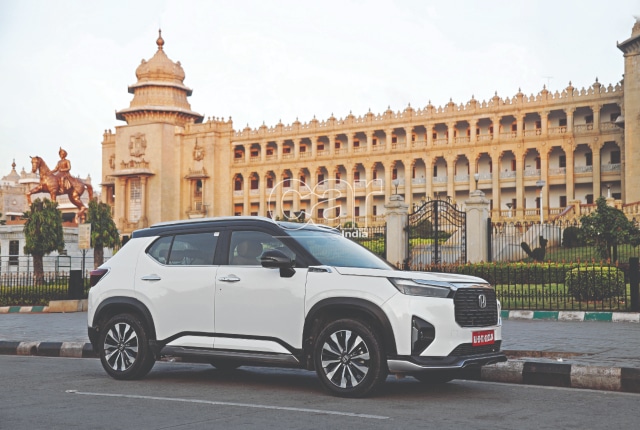
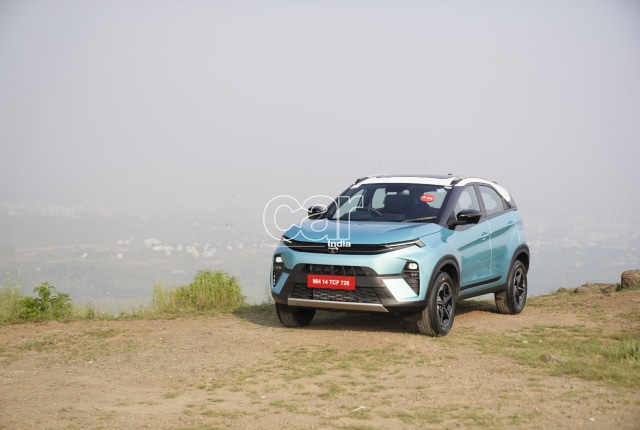
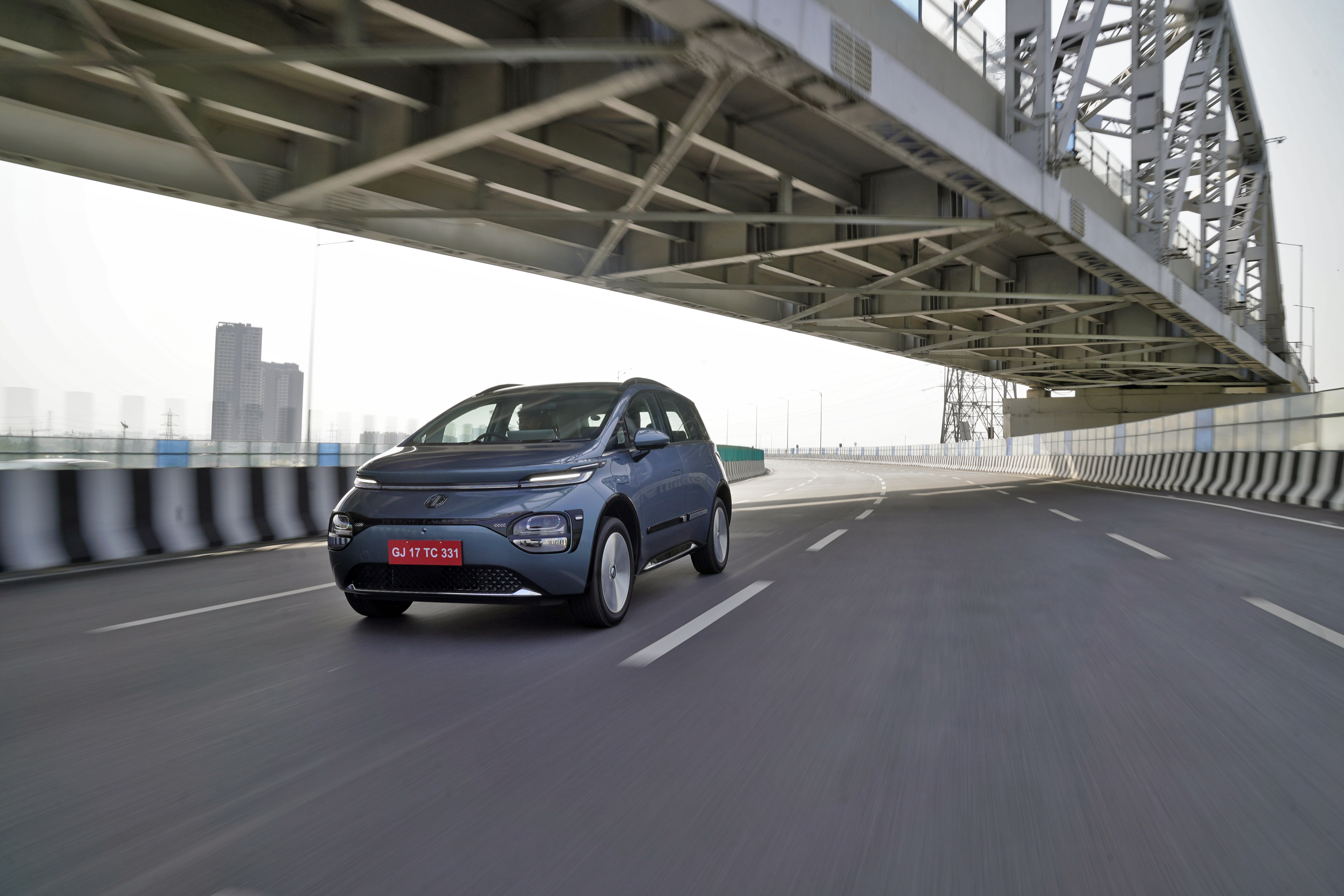
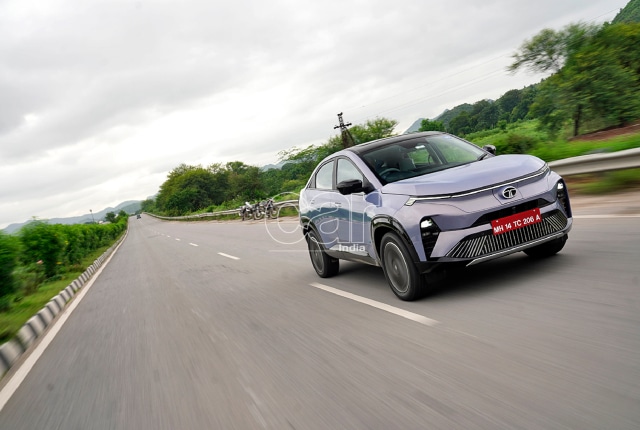
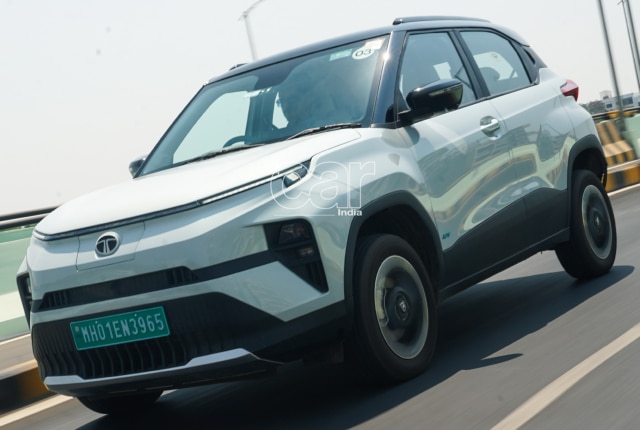




Leave a Reply